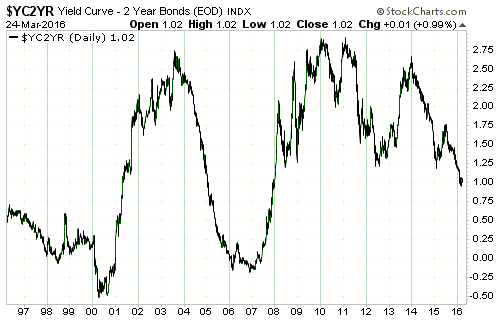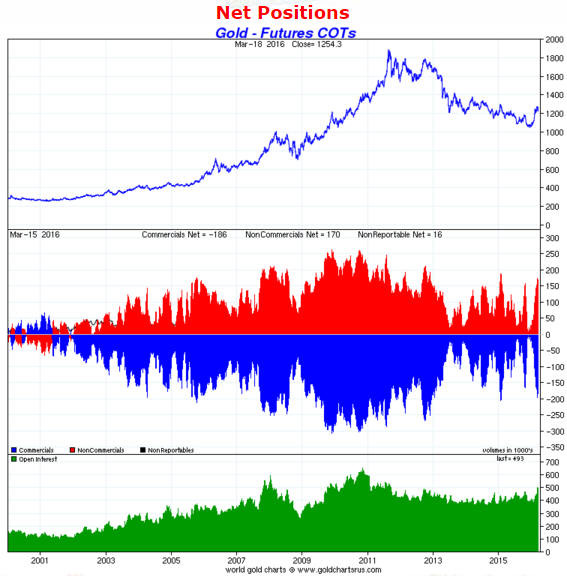The main reason that monetary inflation (creating new money out of nothing) is an economic problem isn’t the effect it has on the economy-wide purchasing power of money. The general decline in money purchasing-power is very much a secondary negative. The primary negative revolves around the fact that new money does not get evenly spread throughout the economy. Instead, it gets injected at specific points, causing some people (the early recipients of the new money) to benefit at the expense of others and causing some prices to rise relative to others. One consequence is an undeserved transfer of wealth to the early recipients of the new money and another consequence is the falsification of price signals. I’ve discussed both of these consequences in detail in the past, but I have never homed-in on the question: Who gets the new money first?
The answer to the above question will depend on whether the new money is created by the private banks or the central bank, and in the case where the private banks are doing the bulk of the money-pumping it will vary from one cycle to the next. A comprehensive answer to the question would therefore require a lot more words than I want to use in this blog post, so rather than trying to cover all the possibilities I am narrowing-down the question to: Who gets the new money first when the Fed implements QE (Quantitative Easing)?
By the way, if you think that the Fed’s QE adds to bank reserves and doesn’t add to the total quantity of money available to be spent within the economy then you do not understand the mechanics of the QE process. An explanation of how the Fed’s QE creates money can be found HERE.
Since about 60% of the assets monetised in the Fed’s various QE programs were US government debt securities it could superficially appear that the government was the first receiver of most of the new money created by the Fed, but this was not actually the case. The government benefited from the Fed’s QE programs to the extent that these programs lowered the cost of debt*, but it’s unlikely that QE resulted in the government borrowing more than it would otherwise have borrowed. In other words, the amount of money borrowed by the government probably wouldn’t have been materially less if QE had never happened. It’s therefore more correct to view the government as an indirect beneficiary of the Fed’s QE rather than as an early receiver of the new money.
It helps to answer the question “who got the new money first in the Fed’s QE programs?” by re-wording it thusly: As a result of the Fed’s QE, who initially found themselves with a lot more money than would otherwise have been the case?
The answer is the group called “bond speculators”. This group comprises institutions and individuals, including banks, hedge funds and mutual funds, who invest in and trade large dollar-amounts of debt securities.
To explain, the government issued about $2.5T of debt that was purchased by the Fed with newly-created dollars. If not for the Fed, the issuing of this debt would have necessitated the transfer of $2.5T of money from “bond speculators” to the government. It is therefore fair to say that the Fed’s monetisation of Treasury debt left “bond speculators” with $2.5T of extra money. This money was naturally ‘invested’ in other financial assets, giving the prices of those assets a boost.
Under its QE programs the Fed also monetised (purchased with newly-created dollars) about $1.7T of mortgage-backed securities (MBSs). In this case the fact that “bond speculators” ended up with a lot of extra money is obvious, since the Fed replaced existing MBSs owned by “bond speculators” with cash created out of nothing.
In total, “bond speculators” found themselves with about 4.2 trillion additional dollars** courtesy of the Fed’s QE programs. The average productive salary-earner found himself with a negative real return on savings and negative real earnings growth courtesy of the same programs. And yet, Bernanke and Yellen appear to genuinely believe that the Fed’s actions were righteous.
*The Fed’s debt monetisation not only lowered the interest rate on all new debt issued by the government, for the $2.5T of Treasury securities bought by the Fed the interest rate was effectively reduced to zero. This is because interest paid on government debt held by the Fed gets returned to the government.
**Just to be clear, the Fed’s QE didn’t directly create $4.2T of additional wealth for “bond speculators”, since the Fed replaced bonds with money. Bond speculators initially had more money and less assets as the result of Fed asset monetisation, but the new money was a proverbial ‘hot potato’ and was quickly used to bid-up the prices of other bonds and financial assets.
 Print This Post
Print This Post


